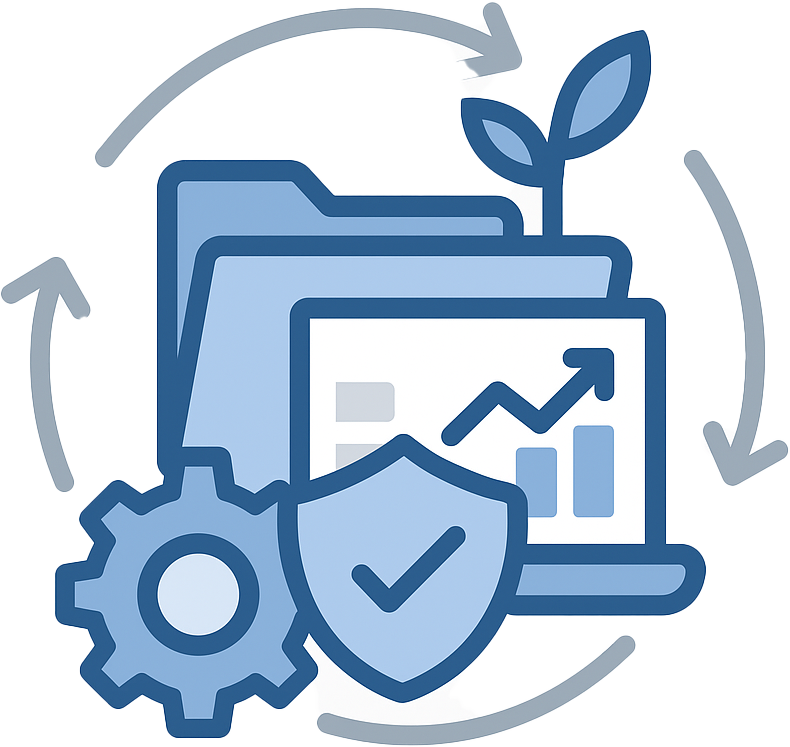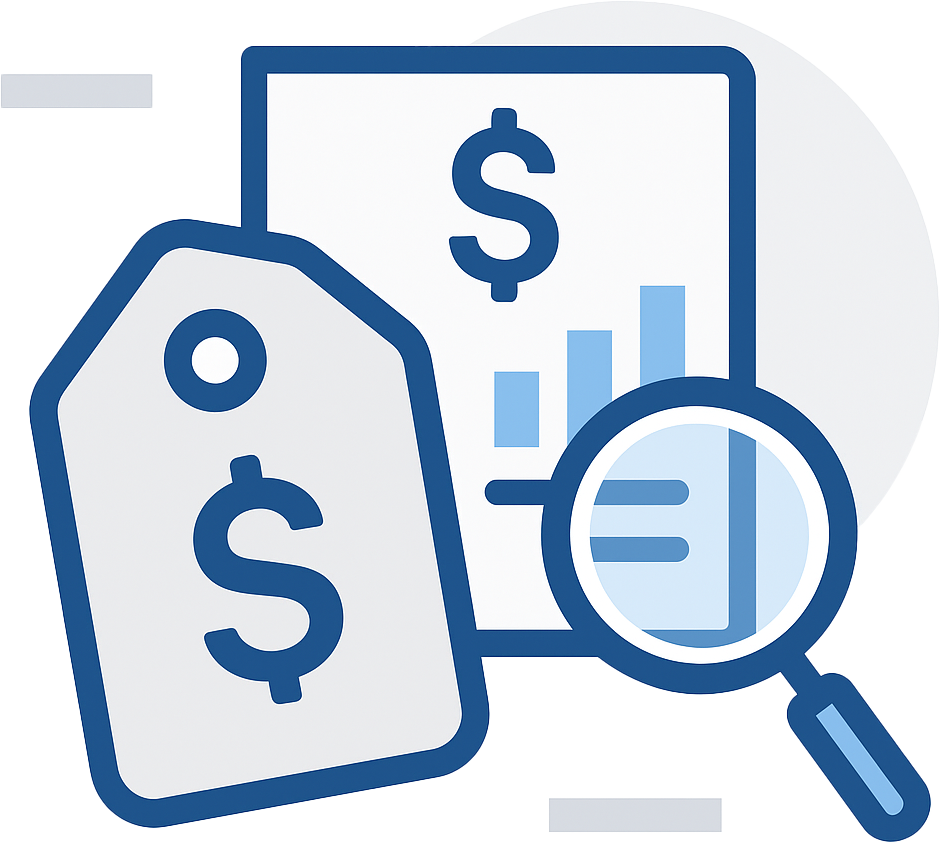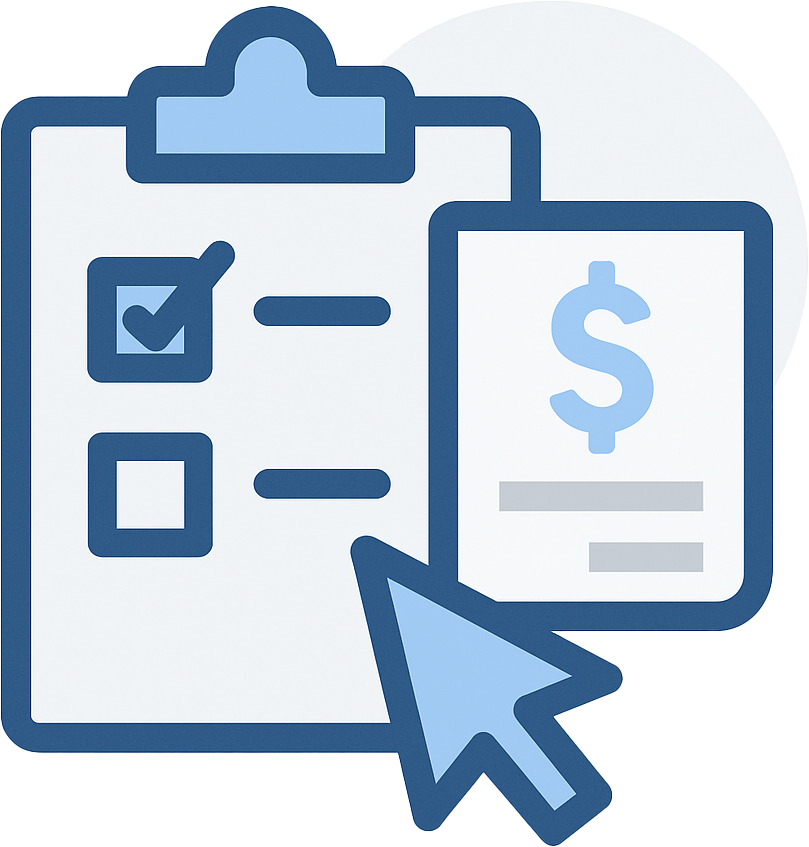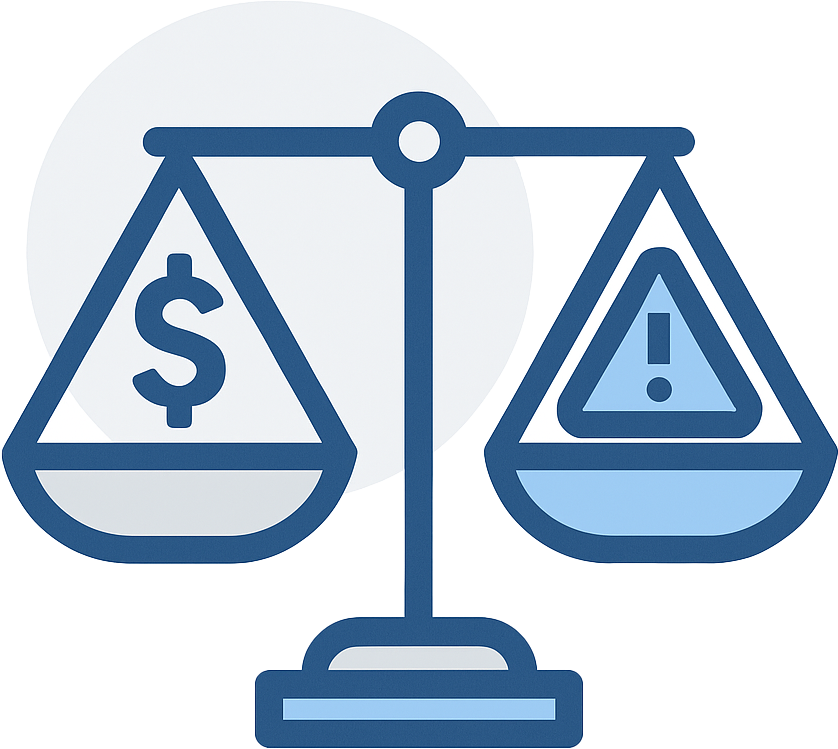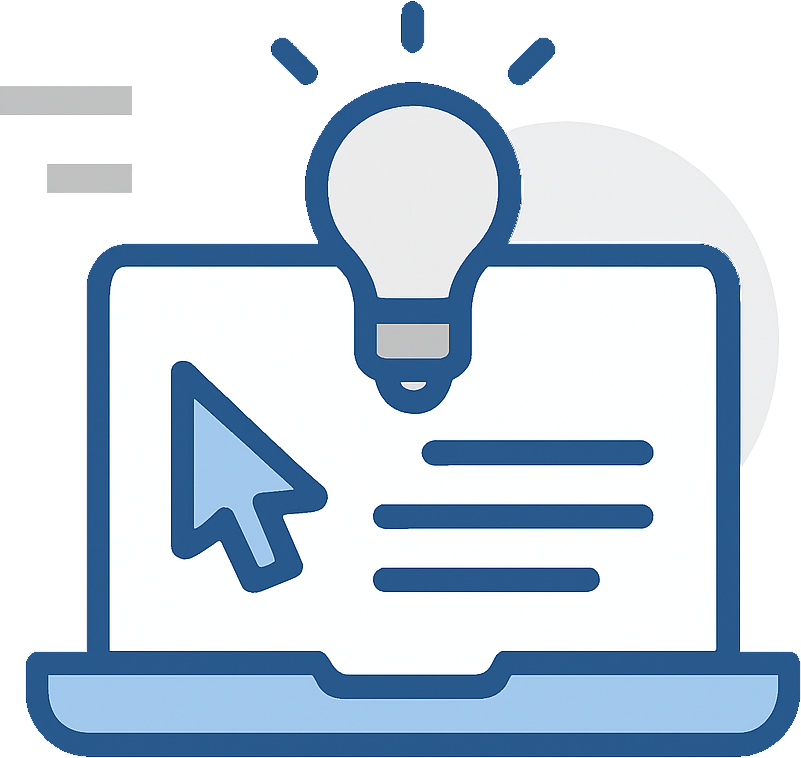Learn about the new NCG190000 stormwater permit for marinas in North Carolina.
If you own, operate, or work at a marina here in North Carolina, you may be aware of the new stormwater permit just issued by the North Carolina Department of Environmental Quality. If you aren’t aware, the DEQ issued the NCG19 stormwater permit (only for marinas in North Carolina) a few weeks back, which went into effect on July 1st.
For many, this went under the radar. We all have businesses to run, and staying on top of regulations, especially those only issued once every five years, is easier said than done. For many marinas across North Carolina, having to read, learn, and comply with this new stormwater permit is a daunting task, especially if you don’t have a strong background in environmental regulatory requirements.
We’ve been asked about this new stormwater permit quite a bit in the last few weeks, so let’s dive in and cover what you need to know about NCG19, the new stormwater permit for marinas across the State of North Carolina.
A Deep Dive into the NCG19 Marina Stormwater Permit
As you can already tell, this is a long, deep dive into this new stormwater permit, covering nearly everything that’s changed in the new permit in-depth (or at least what we consider to be all the important stuff)!
If you want something quicker and easier to digest, we published an article called A Quick Summary of Changes in the NEW North Carolina NCG19 Marina Stormwater Permit, which just covers the major changes that you need to know about. If you want all the nitty-gritty detail, read on, if not, check that other post for a shorter, watered-down version of this information.
Stormwater Permits 101
Also, before we get into the thick of things, if you aren’t fully up to speed on stormwater permits, SWPPP’s and the general regulations surrounding them, here are some helpful articles that can help you understand the regulations, and your responsibilities a bit better.
Is the NCG190000 stormwater permit in North Carolina ONLY for marinas?
Just to make sure we’re all on the same page here, and before we dive into the changes and updates to the new NCG19 stormwater permit, let’s review who this permit applies to in the first place. In short, there are two main types of facilities that the new NCG19 stormwater permit applies to:
- Marinas with vehicle or vessel maintenance including:
- Pressure-washing
- Commercial hand-washing
- Painting
- Paint removal
- Sand blasting
- Boat building
- Boat repairs
- Ship/Boat Building and Repairing Facilities
If you own or operate one of these types of these facilities in North Carolina, then more than likely you need the NCG19 stormwater permit. In fact, you’ve probably had one in the past! Since these types of permits are for five years, the older version just expired and has been replaced by this new version, so congratulations, you have new permit coverage!
Why is there a new version of the NCG19 stormwater permit?
As I just mentioned, this type of permit (which covers stormwater discharges from marinas) is good for a 5-year period, and the prior version just expired. So, the State of North Carolina has reissued the permit, and like usual, the new version of the permit has some changes to it. While most of the permit hasn’t changed that much, what has changed is significant – and you need to know the changes!
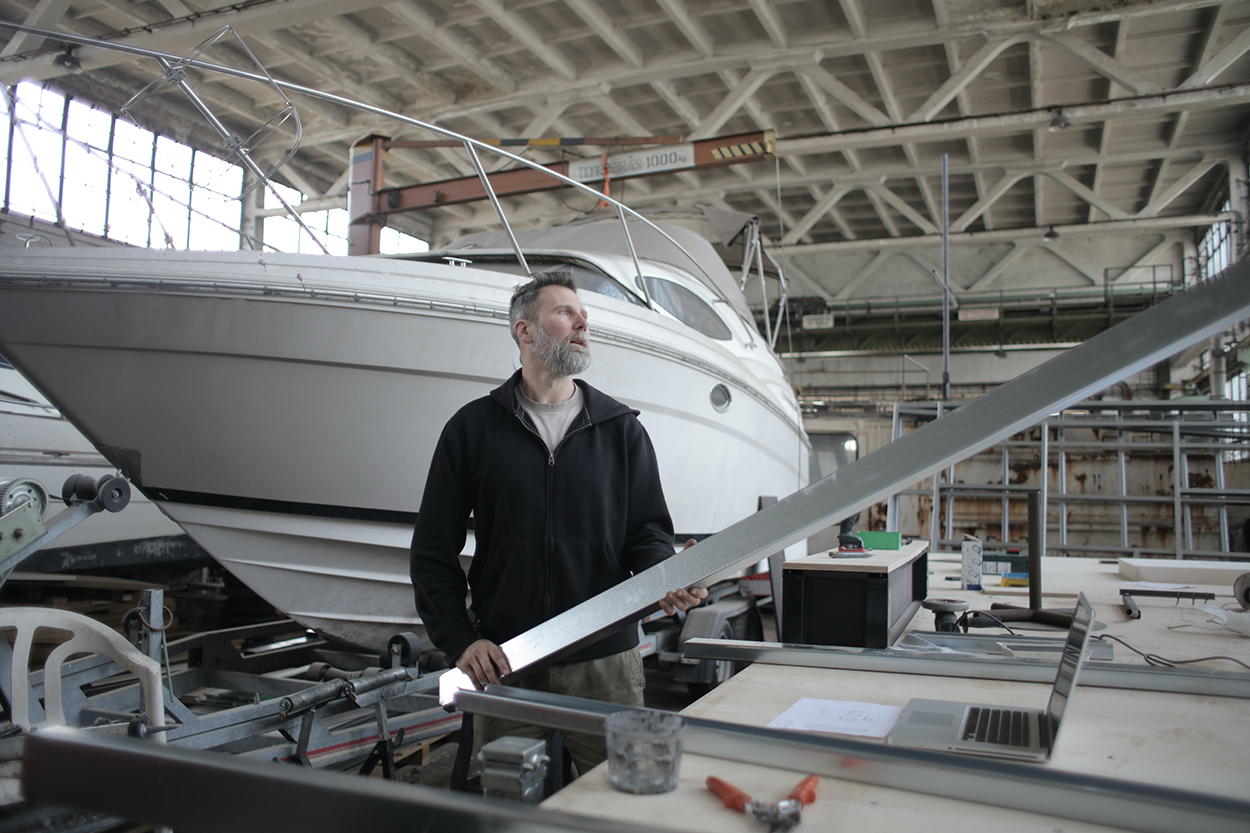
What’s changed in NCG19?
The changes that you need to be concerned with have occurred in:
- Part B: SWPPP
- Part E: Analytical Monitoring of Stormwater Discharges
- Part F: Submittal of Discharge Monitoring Reports: DMRs
- Part I: Compliance and Liability
By the way, we don’t mean to come off as super technical here. If you already have a copy of your old permit or your old SWPPP, it might be beneficial to get it out and follow along. So, when we say it’s “Part B” of the permit, that corresponds to…Part B of your new version of the permit. So, if you want to see these changes for yourself, or just want some further information, you’ll be able to easily flip to that section of your permit.
Part B: SWPPP (Stormwater Pollution Prevention Plan)
In the eyes of the North Carolina Department of Environmental Quality (NCDEQ) your SWPPP – Stormwater Pollution Prevention Plan – is your first line of defense against discharging polluted stormwater. A SWPPP is usually a book or binder that covers everything that your facility does to prevent discharging polluted water in the first place.
Your NCG19 stormwater permit requires that you make some changes to your existing SWPPP. Here are some of the main changes that you need to know about:
B-7. Stormwater BMP Summary
One of the main components of your SWPPP has always been an outline of your Best Management Practices (BMPs). BMPs, such as housekeeping tasks like sweeping your site, are utilized (and required!) to prevent stormwater from becoming polluted. The BMP Summary section of your SWPPP calls out these practices and identifies their purpose.
The BMP Summary section of the NCG19 no longer specifically requires BMPs for ship and boat building and repairing areas. You should still conduct Best Management Practices in these areas, but you won’t need to include them in the BMP Summary section of your SWPPP (although it can’t hurt to include them!).
Previously B-8. BMP Inspections
In the old NCG19 permit, you were required to perform regular, documented inspections every 7 days to confirm that your BMPs were being executed and implemented. This section has been entirely removed from the new NCG19 permit.
Again, although the permit no longer requires that you perform these inspections, there’s no harm in continuing to conduct them! Regular BMP inspections can be a great way to ensure that a small problem doesn’t turn into a bigger problem.
Important Note: be sure to read the updates to section B-11, which still require regular inspections!
B-8. Secondary Containment Plan
Secondary containment features, such as curbs, walls, berms, etc., are required for bulk storage of liquid materials including petroleum products like fuel for boats and what is known as “water priority chemicals” and hazardous substances.
New language has been added stating that you commit to “only release accumulated stormwater that is uncontaminated by any material”. So, whenever releasing accumulated stormwater from within your secondary containments, you’ll need to be certain that it is clean and not contaminated. You can do this by checking for any oily sheens, colors, or odors in this water before releasing it.
B-11. Preventative Maintenance and Good Housekeeping Program
Under the old version of the NCG19 stormwater permit, you were required to have a schedule of inspections, maintenance, and housekeeping measures for industrial activity areas. These areas include - at a minimum - all material storage and handling areas, disposal areas, process areas, loading and unloading areas, haul roads, and vehicle maintenance areas. Under the old permit, these tasks needed to be completed at a minimum of semi-annually, or twice per year.
This requirement stands, but it has increased in frequency from semi-annually to quarterly. You will now need to complete these tasks, at a minimum, four times per year on a calendar quarterly basis.
B-12. Employee Training
Employee training needs to be conducted annually – at least once per year – covering general stormwater awareness, spill response training, used oil management, spent solvent management, secondary containment releases, fueling procedures, disposal of spent abrasives, disposal of vessel wastewaters, sanding/painting/blasting procedures, used battery management, and more.
This section of the new NCG19 NC Marina Stormwater permit has been largely unchanged from the old version, except for one small change. In the past, this training needed to be documented to include the date, signature, and printed name of each employee trained. In the new version of the permit, it is specifically stated that employees may sign their training records electronically (as opposed to only by hand).
Previously B-15. Devices Exempt from Analytical Monitoring
In the old NCG19 NC Marina Stormwater Permit, it was possible for some stormwater management and control devices to be considered exempt from analytical monitoring requirements. These devices required that an Engineer’s Certification, design calculations, and approved construction drawings be included in the SWPPP in order to qualify as exempt.
This section has been entirely removed from the new NCG19 permit. There is no mention of the possibility for devices to be exempt from analytical monitoring anywhere else within the new permit, so we can only conclude that no devices will be considered exempt moving forward.
Part E: Analytical Monitoring of Stormwater Samples
Analytical monitoring of stormwater samples is how you truly know whether the stormwater leaving your site is polluted or not. This process involves collecting a sample from your discharge outfalls after qualified storm events, sending the sample to a lab for analysis, reviewing the results against benchmarks and limits, and regular reporting of these results to the State.
Here are the changes to analytical monitoring of stormwater samples that you need to know about:
E-1. Required Baseline Sampling
This section involves specifically what stormwater samples need to be tested for. Again, this is the only way to truly know whether the stormwater leaving your site is polluted or not and is one of the most obvious indications of your level of compliance to inspectors and the public, so this section is incredibly important to stay up-to-date on! Bad sample results can quickly move you into Tier One, Two or Three status, all of which have even more restrictive (and expensive) monitoring requirements, as we will see momentarily.
This (in our opinion) is the biggest change of all in the new NCG19 NC Marina Stormwater permit! The new permit has increased the monitoring requirements from semi-annually (twice per year), to quarterly (four times per year), unless you fall under Tier Two or Tier Three status. Additionally, the permit requires that a minimum of 30 days between each sampling event.
Marinas falling under Tier Two or Tier Three status have different monitoring requirements. The new NCG19 NC Marina Stormwater Permit specifically states that facilities that were under either Tier Two or Tier Three status under the previous version of the permit will need to continue the mandated monthly monitoring assigned under the previous permit. Of course, under the new permit, if you enter Tier Two or Tier Three status, then you’ll also have to conduct monthly monitoring instead of the quarterly monitoring everyone else is doing. If you think that going from 2 semi-annual samples to 4 quarterly samples is bad, just imagine how much worse monthly sampling would be. As you can tell, discharging polluted stormwater comes with a whole host of headaches, so always make sure you’re on top of your stormwater program!
As far as what you’ll actually be monitoring for, a few changes have been made as well. Nickel, Chromium III, and Chromium IV have been removed from the baseline sampling requirements (a good change!) Additionally, non-polar grease and oil monitoring is only required for vehicle or equipment maintenance areas where more than 55 gallons of motor and/or hydraulic oil is used per month (on average over the course of the calendar year), instead of the entire marina like in the previous permit version. These are changes for the better!
Another big change! The new version of the NCG19 has added a requirement that grab samples need to be analyzed for pH within 15 minutes of sample collection, which is the Federal standard. Don’t feel too bad about this, as it’s actually pretty standard in stormwater permits across other NC industries and in other states. Since pH can change over time, it is crucial that these samples are measured as soon as possible after sample collection. Obviously, with such a short timeframe, it will be very difficult to get your sample to a lab for analysis within the allotted 15 minutes. For this reason, you’ll probably need to analyze pH yourself on-site after collecting a sample using an appropriate, fully calibrated pH meter and keeping appropriate documentation. For a full breakdown of exactly what you’ll need to do to analyze the pH of your samples on-site, be sure to check out our online training course: The Best Way to Perform pH Analyses of Your Facility’s Discharge Samples.
The new version of the NCG19 NC Marina Stormwater Permit also removed a requirement to track and record the average monthly usage of new motor oil and hydraulic oil. Again, you can breathe a sigh of relief that one more responsibility has been removed from your plate.
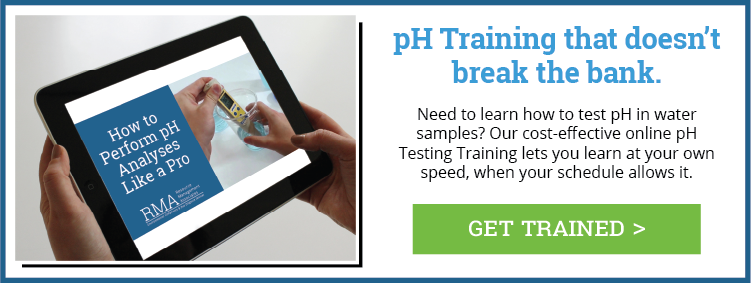
E-3. Methodology for Collecting Samples
This section of NCG19 describes how stormwater samples are to be collected. You’ll continue to need to collect samples from outfall(s) within the first 30 minutes that they begin discharging during a “measurable storm event” where a 72-hour storm interval applies (except in the case we’ll cover below), meaning that you cannot collect a sample if there was a storm event in the previous 3 days.
In the new version of NCG19, there are some times when the 72-hour storm interval may not always apply. The new version was changed to state that if you are able to document that a shorter interval is representative of local storm events during the period, you obtain approval from the NCDEQ regional office, and receive a letter of approval (that you must keep in your SWPPP!), then the 72-hour storm interval will not apply to you. Basically, if you can make a good case that it’s not common to go 72 hours without rain in your area, you may be permitted to collect a stormwater sample with a different interval period. Sounds like a change for the better, but we’re not sure how useful this change will actually be for most marinas, so to us this really may not be a big deal.
Some language was also added in this section, stating that “Outfalls that are not sampled during the first measurable storm event in the monitoring period shall be sampled during the next measurable storm event in the monitoring period until a sample has been collected”. In more simple terms, this means you have to collect samples the first time it rains enough to discharge in any monitoring period. And, if you miss that first storm, you’ll need to collect your sample during the next storm, and so on. This is really only common sense (and good practice), but for marinas that procrastinate in taking samples, this change is significant.
The new NCG permit has been changed with the addition of some new requirements in the event that you’re unable to get a sample during an entire quarterly monitoring period because there was no discharge from an outfall during any storm event in that quarter (such as, it didn’t rain, or didn’t rain enough, during an entire quarter). In this case, you will need to report “No Discharge” in the DMR (Discharge Monitoring Reports), note “No Discharge” in your SWPPP, and submit the DMR within 30 days after the end of the monitoring period. Essentially, if over the course of an entire quarter it never rains enough to discharge stormwater from your outfall(s), you won’t be penalized if you follow the above steps.
E-5. Tier One Response: Single Benchmark Exceedance
In the event that you exceed any benchmark (the target number for stormwater pollutant content you want to be under for with your samples), you will be placed under Tier One status. Each time a benchmark is exceeded, you will need to implement the Tier One Response as outlined in your permit.
Under the new version of the NCG190000, your permit now specifically states that you will remain under Tier One status until three consecutive samples are under the benchmark or inside the benchmark range for all parameters. So, you remain in Tier One status until you get three good samples in a row!
E-6. Tier Two Response: Two Consecutive Benchmark Exceedances
If you exceed two consecutive benchmarks, you will be placed under Tier Two status. Under Tier II status, you’ll need to provide a sample for analysis every month – 12 samples a year! (not four like you would if you were doing quarterly monitoring). Under the previous version of the NCG19 permit, within two months of being placed into Tier Two status, you were required to implement monthly monitoring of the exceeded parameter and continue until three samples in a row fell below the benchmark value.
In the new version of the NCG19 NC Marina Stormwater permit, this requirement has become tougher. Now, within two months of being placed into Tier Two status, you’ll need to implement monthly monitoring at every outfall where a sampling result exceeded the benchmark value for two consecutive samples (thus placing you into Tier Two), for all parameters until three samples in a row fall below the benchmark value, instead of just the exceeding parameter. Essentially, this new phrasing requires you to monitor every outfall that was the cause of your Tier Two status, not only for the parameter you exceeded but for every other parameter you regularly monitor for as well. More samples, more cost, more hassles, more chance for problems!
The new version of the NCG19 permit now specifically states that you will remain under Tier Two status until three consecutive samples are under the benchmark or inside the benchmark range for all parameters. As before, three good samples in a row and you’re back off of Tier Two status.
E-7. Tier Three Response: Four Benchmark Exceedances Within 5 Years
If you exceed four benchmarks within five years, you will be placed under Tier Three status. Under Tier Three status, you’ll need to provide a sample for analysis every month – 12 samples a year.
Like the Tier Two Response updates, you’ll now need to implement or continue monthly monitoring at every outfall where a sampling result exceeded the benchmark value for two consecutive samples for all parameters until three samples in a row fall below the benchmark value.
Once again, under the new version of the NCG190000, your permit now specifically states that you will remain under Tier Three status until three consecutive samples are under the benchmark or inside the benchmark range for all parameters.
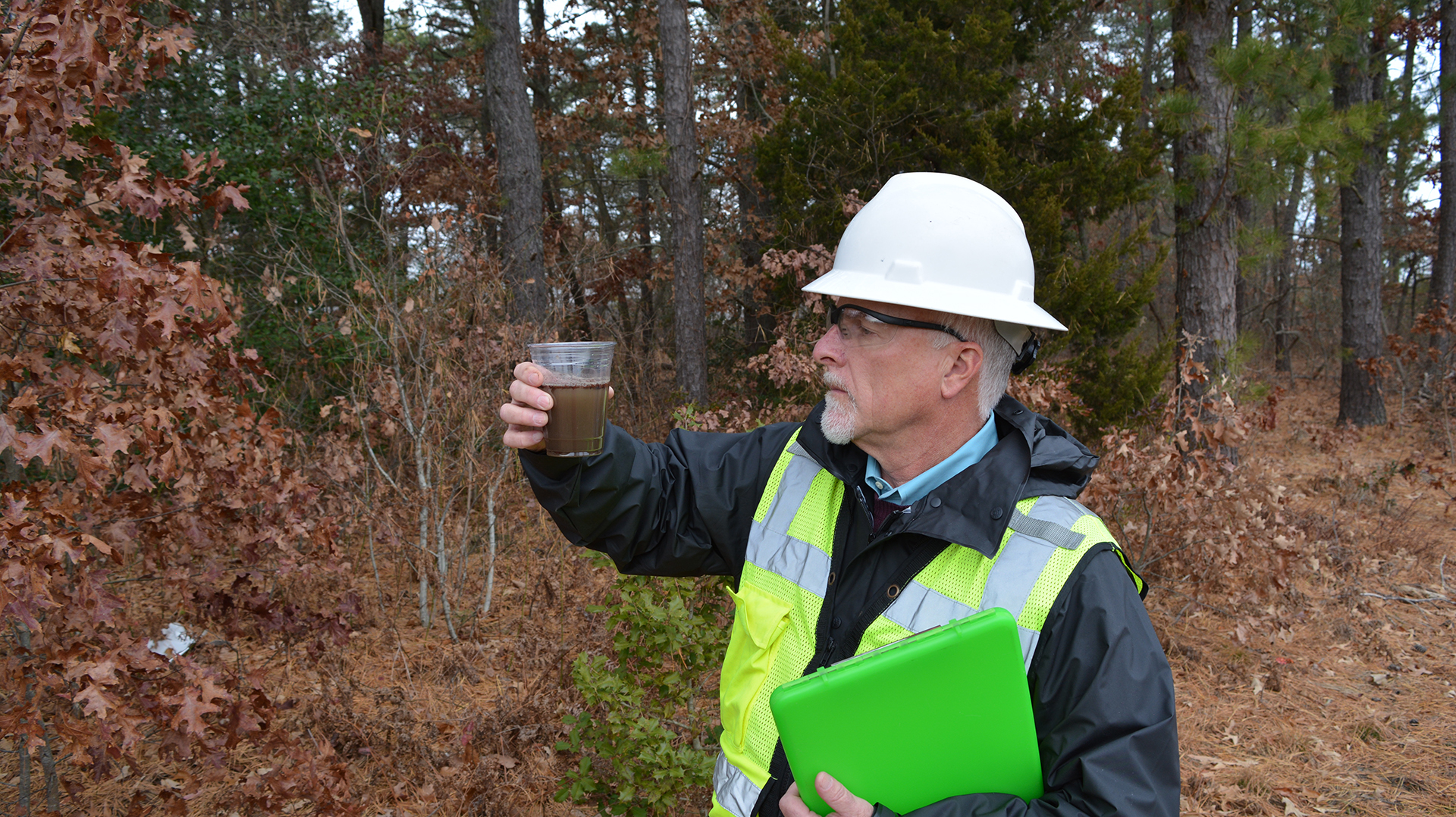
Part F: Submittal of Discharge Monitoring Reports
At your marina, taking stormwater samples and sending them off for analysis is just half of it. The other half involves reporting your sample results to the NCDEQ. Here are the changes to submittal of your results on discharge monitoring reports (DMRs) that you need to know about:
F-1. Deadlines for Submittal of DMRs
Under the previous permit, you were required to submit your semi-annual results for periods 1 and 2 no later than 30 days from the date that you received your results.
Since you’re now sampling quarterly (4 times per year) instead of semi-annually (twice per year), you now have to do DMR reporting on the same schedule. Under the new permit, the deadline for each period is 30 days after the monitoring period (ie, quarter) ends. These quarters end on September 30th, December 31st, March 30th, and June 30th. You must submit your reports no later than 30 days after these dates for each period.
F-2. Submittal Process before Electronic Discharge Monitoring Reporting (eDMR)
Quick version, electronic DMR reporting on its own is not quite ready in NC, but it will be soon. Until its ready, you have to do a “quasi-electronic” DMR reporting as outlined below:
First, marinas will need to continue to use DMR forms provided by NCDEQ, which are available on the NCDEQ website. Once completed (by hand), they will continue to need to be scanned and uploaded to the electronic submittal form online, and also continue to submit hard-copy versions to your regional DEQ office.
F-3. Submittal Process after Electronic Discharge Monitoring Reporting (eDMR)
Once the new online eDMR system is fully up and running, marinas will need to follow these specific procedures:
The new version of your permit requires that unless you have been otherwise informed by the Director, you must register in eDMR before January 1, 2022. Additionally, you must begin reporting your discharge monitoring data using the eDMR system prior to July 1, 2022.
F-6. Reports if More Frequent Monitoring Has Occurred
If, for whatever reason (such as being in a Tiered status), you have to take more than the required four samples. If this is the case for you, you’ll need to take note of the following.
The new permit adds some language stating “For purposes of benchmark comparison and Tiered response actions, the permittee shall use the analytical results from the first sample with valid results. The permittee is encouraged to take more samples than required during a monitoring period to help identify potential causes of exceedances. When taking additional samples, the permittee may not use the additional sample with lowest results for compliance purposes to avoid taking actions to identify causes of parameter exceedances. Additional sampling is only for informational purposes.” Essentially, this means that while you must report the first sample regardless of the result, it’s encouraged to take more than one sample per period, as this can help identify any problems that occur during periods (and catch them before they become bigger problems). However, if you take more than one sample and receive better results, you cannot substitute this sample for your initial results when reporting.
Part I: Compliance and Liability
This section addresses your agreement to comply with the restrictions and regulations outlined within the permit, and the consequences (financial penalties) that you will face if you don’t maintain compliance.
I -2. Duty to Comply
The Duty to Comply section specifically states that you must comply with all conditions of the permit. If you do not, you will be considered in violation of the Federal Clean Water Act (CWA) and will be subject to enforcement action. These enforcement actions can range from fines to permit termination, to denial of permit renewal.
In the new NCG19 NC Marina Stormwater Permit, fines for Class I violations have been increased pretty dramatically. Under the old permit, these violations were not to exceed $16,000 per violation, with the maximum of any Class I violation not to exceed $37,500. Under the new permit, these violations are not to exceed $20,628 per violation, with the maximum of any Class I violation not to exceed $51,570.
Additionally, fines have been increased for Class II violations in the new version of the NCG190000. Under the old permit, these violations were not to exceed $177,500. Under the new permit, the maximum amount of any Class II penalty is not to exceed $257,848. As you can see, there are huge consequences to not keeping up and complying with your NC stormwater permit.
Sizable changes in the NCG19 Stormwater Permit for Marinas in North Carolina
As you can tell, the new version of the NCG19 stormwater permit has been removed, added, and changed quite a few things. Again, we understand that for busy marina owners and operators, reading through the new NCG19 permit is difficult enough – not to mention understanding it! So given that, let’s try and summarize:
So what do we think are the major changes?
Here are the changes for the worse:
- The change in stormwater monitoring (and reporting) frequency from semi-annually to quarterly. More samples, more cost, more hassles, more liabilities. Not good changes.
- The change in the Preventative Maintenance & Good Housekeeping Program, which states that you’ll need to complete your schedule of inspections, maintenance and housekeeping measures quarterly as opposed to semi-annually.
- The clearly stated requirement that pH analysis of your samples must be done within 15 minutes of sample collection. That probably means most marina operators are going to have to do pH analyses themselves, rather than having a lab do it for them.
And, here are the major changes for the better:
- The change in sampling parameters to no longer include Nickel, Chromium III, Chromium IV, and, for vehicle or equipment maintenance areas where more than 55 gallons of motor and/or hydraulic oil is used per month, non-polar grease and oil.
- The removal of the BMP inspections section means you’ll no longer need to conduct regular, documented inspections of your BMPs. This lifts a huge weight off your shoulders as a marina operator, as you had to perform these inspections every 7 days under the previous version of the permit!
Additional Stormwater Permit Information
Getting and staying in compliance with stormwater permit regulations can be a lot to deal with. If you're overwhelmed, you're not alone. RMA has been involved in helping organizations get, and stay, in environmental regulatory compliance since our founding in 1992. We know the ins & outs of the environmental issues marinas face and can help you get into compliance with applicable environmental laws and regulations.
Our staff members have been on-site at thousands of c operations across the country, so when we say we've seen it all and done it all, we mean it. No matter your size, industry, or location, we'd love to learn how we can help your marina stay out of hot water.
So, if you're having any type of issue at your marina in North Carolina and need the help of an environmental consulting firm with a proven track record, reach out. Even if we can't help, we’ll do our best to steer you in the right direction. Feel free to contact us at info@rmagreen.com, click here to contact us, or give us a call anytime at 888-RMA-0230 to learn how we can help your facility deal with stormwater permits and other environmental regulations.


